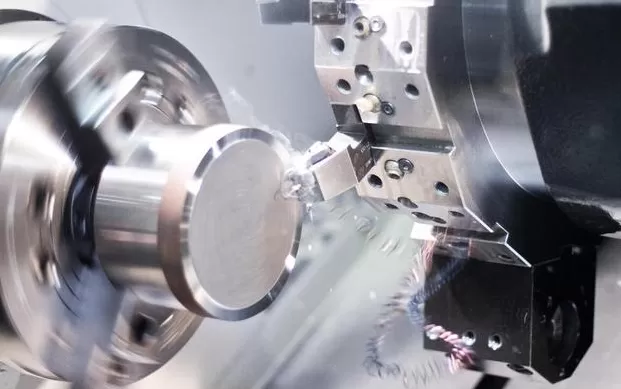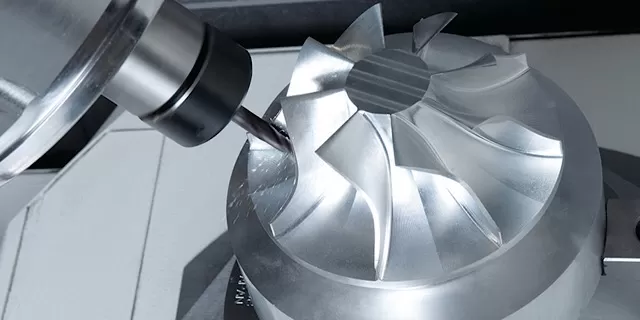CNC machining has been an important part of the manufacturing industry for many years, and it continues to evolve with the latest technologies. The use of CNC machining parts services has made it easier and faster for businesses to produce high-quality parts with precision and accuracy. As we look to the future of CNC machining parts services, there are several trends that are worth watching.

Automation
One of the biggest trends in CNC machining is automation. With the help of robotics and other advanced technologies, manufacturers are able to automate many of the processes involved in CNC machining. This not only makes the process faster, but it also reduces the risk of errors and improves the overall quality of the parts produced.
3D Printing
Another trend in CNC machining is the integration of 3D printing technology. With 3D printing, manufacturers can create complex parts with intricate details that would be difficult or impossible to produce with traditional CNC machining. This technology is also useful for creating prototypes and low-volume production runs.
IoT and Big Data
The Internet of Things (IoT) and big data are also changing the way CNC Milling Parts Machining Service are delivered. By collecting and analyzing data from machines, manufacturers can optimize their processes, reduce downtime, and improve overall efficiency. This data can also be used to monitor the performance of parts and predict when maintenance or replacement may be needed.

Sustainability
Sustainability is becoming an increasingly important issue in the manufacturing industry, and CNC machining is no exception. Manufacturers are looking for ways to reduce waste and energy consumption in their processes, and CNC machining can play a role in this effort. By using recycled materials and optimizing processes, CNC machining parts services can help reduce the environmental impact of manufacturing.
In conclusion, the future of CNC machining parts services is filled with exciting possibilities. Automation, 3D printing, IoT and big data, and sustainability are just a few of the trends that are shaping the industry. By staying up-to-date with these trends, manufacturers can continue to deliver high-quality parts with precision and accuracy.
Customization and Personalization
As consumers continue to demand more personalized products, CNC machining parts services are adapting to meet this need. With the use of advanced software and design tools, manufacturers can quickly create custom parts to meet the specific needs of their customers. This trend is particularly relevant in industries such as aerospace, medical, and automotive, where precision is critical.
Augmented Reality
Augmented reality (AR) is another technology that is becoming more prevalent in the manufacturing industry. By using AR, manufacturers can visualize parts and assemblies in 3D, making it easier to identify potential issues and optimize designs. This technology can also be used for training and troubleshooting, reducing the need for costly and time-consuming physical prototyping.
Cybersecurity
As more manufacturing processes become digitized, cybersecurity is becoming an increasingly important issue. CNC machining parts services are not immune to cyber threats, and manufacturers must take steps to protect their data and intellectual property. This includes implementing secure networks, using encrypted communication channels, and regularly updating software and hardware.
Additive and Subtractive Manufacturing Integration
Additive manufacturing (AM) and subtractive manufacturing (SM) are often seen as competing technologies, but they can also complement each other. By integrating AM and SM, manufacturers can create hybrid manufacturing processes that take advantage of the strengths of both technologies. This can lead to faster production times, reduced waste, and lower costs.
In summary, the future of High -Precision CNC Turning Machine Parts services is rapidly evolving with the latest technologies and trends. Customization and personalization, augmented reality, cybersecurity, and additive and subtractive manufacturing integration are just a few of the trends to watch. By embracing these trends, manufacturers can stay competitive and deliver high-quality parts that meet the needs of their customers.


